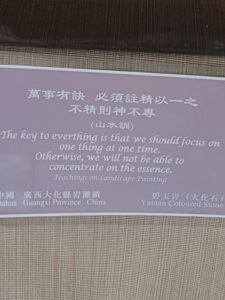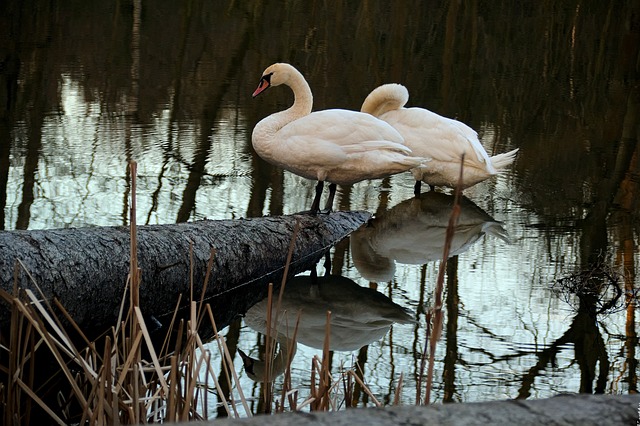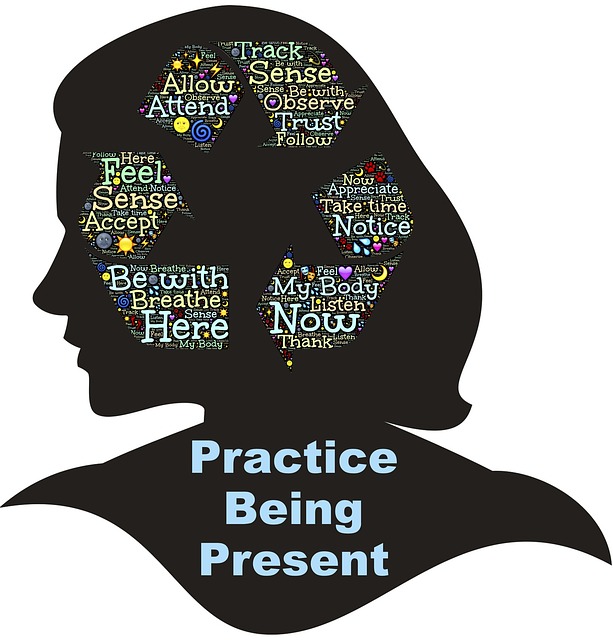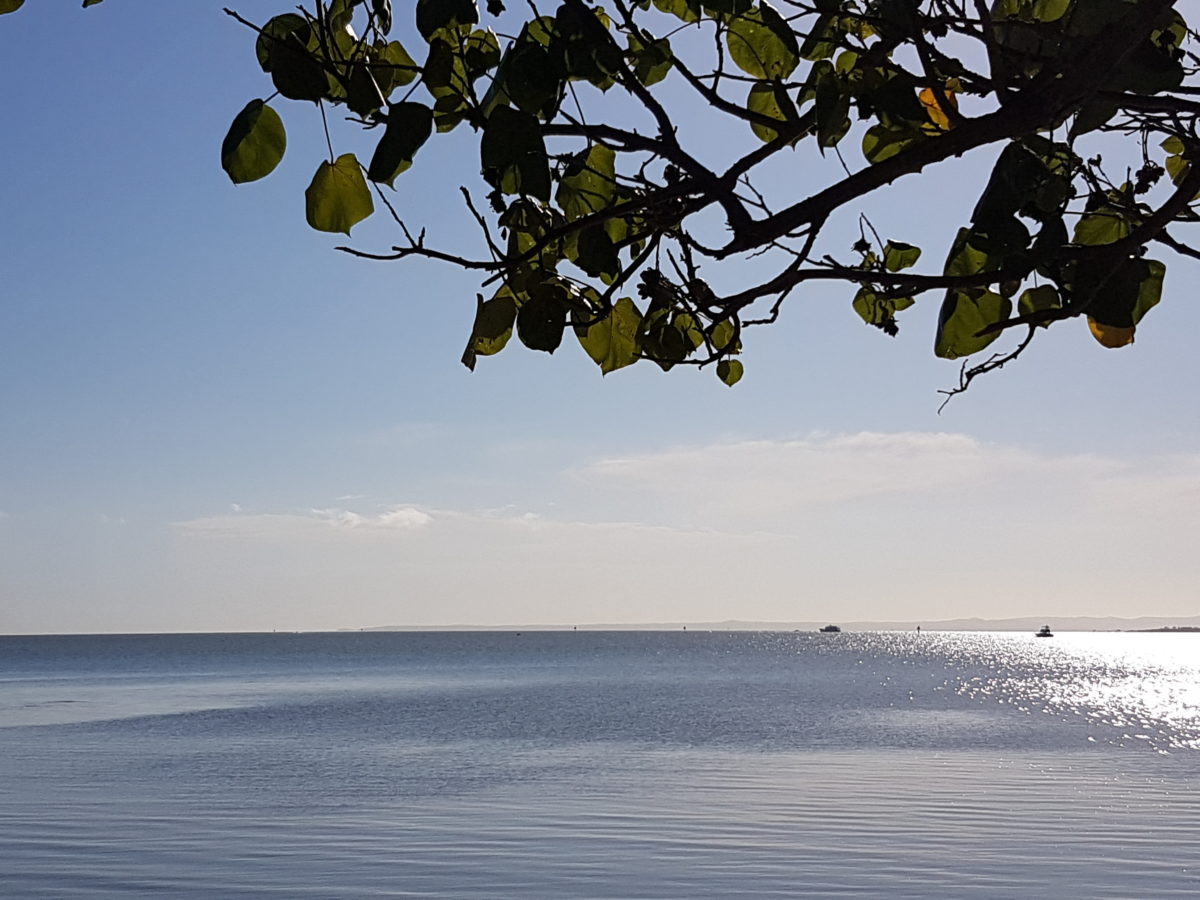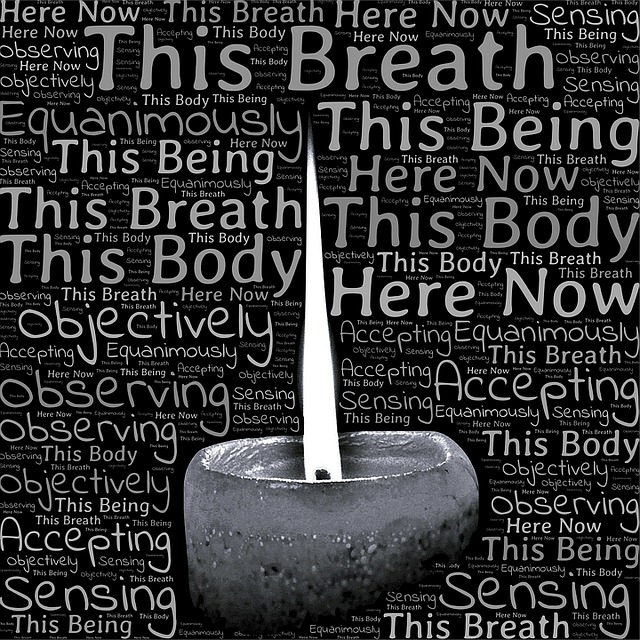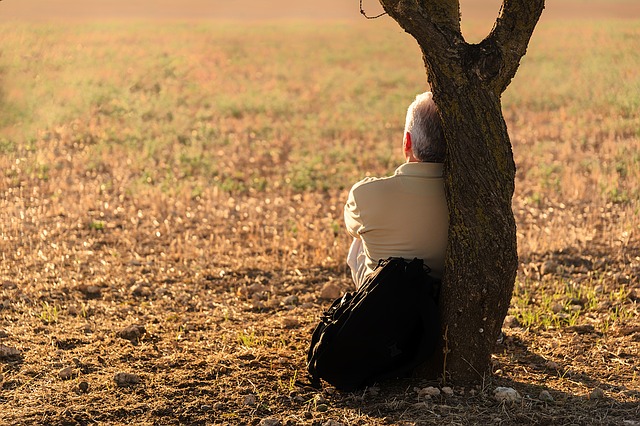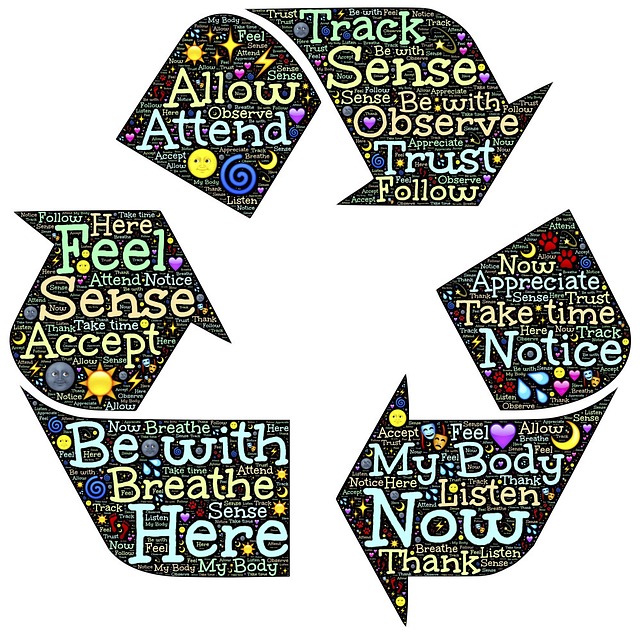Recent neuroscience confirms that mindfulness develops clarity of mind. This is reinforced by the experience of Chade-Meng Tan through the Search Inside Yourself mindfulness program conducted at Google over the past ten years.
We are able to see things more clearly because our mind is uncluttered by constant, random thoughts or overcome with emotions such as anxiety or fear. We are better able to understand what we see, learn from that understanding and put that learning into practice.
We often have knowledge and skills that we do not utilise in an opportune moment through lack of focus – clarity enables us to more readily access what we know and can do.
Clarity allows our subconscious to work effectively free from the constraints of constant brain chatter and anxiety – and this frees up our capacity for creativity. Anxiety and fear are real impediments to creative activity.
Through clarity we are better able to see and seize opportunities as they arise. If our minds are elsewhere, the past or the future, 49% of the time, then we will miss opportunities that come our way.
Clarity helps us to keep things in perspective, so that little things or events are not “blown out of all proportion”. We are better able to see things for what they are.
An important aspect of clarity is the capacity to better understand what is occurring in conflict situations – we gain a clearer insight into the identity issues for us and for the other person. We can more clearly see and understand things from their perspective and adopt a more effective response.
Clarity enables us to more accurately appreciate what we access through our senses – sight, sound, touch, taste and smell. We are less prone to have our sensory perceptions contaminated by negative emotional memories held deeply within our limbic system.
As we grow in mindfulness, we gain clarity – we see things more clearly, understand things better, are more open to opportunities and creative endeavour and are more sensitive to the needs of others. Clarity impacts many facets of our daily lives, not just our perceptions and mental activity, but also our interactions with others.
So it makes it well worthwhile to maintain mindful practice in pursuit of calm, clarity and happiness.
By Ron Passfield – Copyright (Creative Commons license, Attribution–Non Commercial–No Derivatives)
Image source: courtesy of pompi on Pixabay



